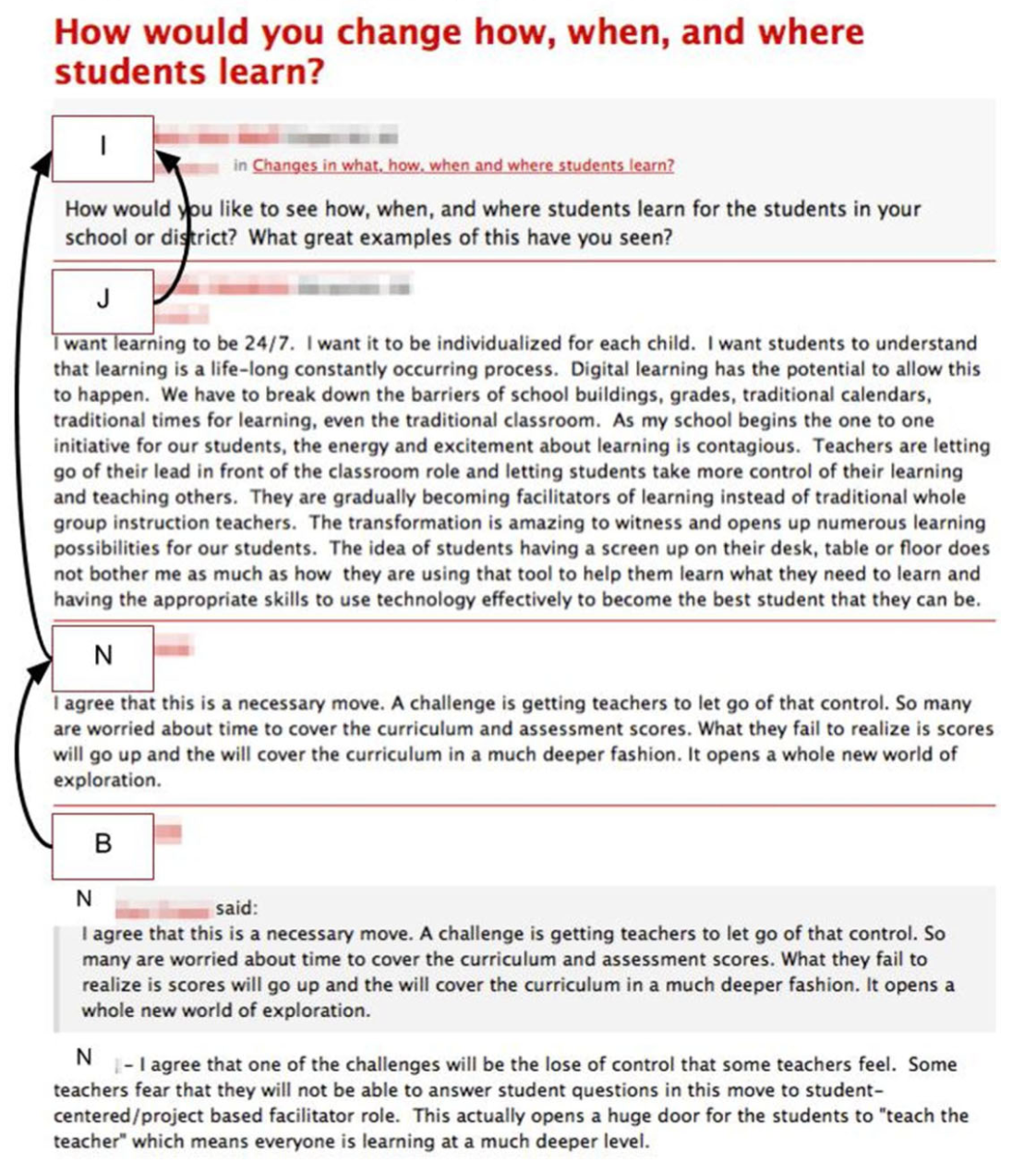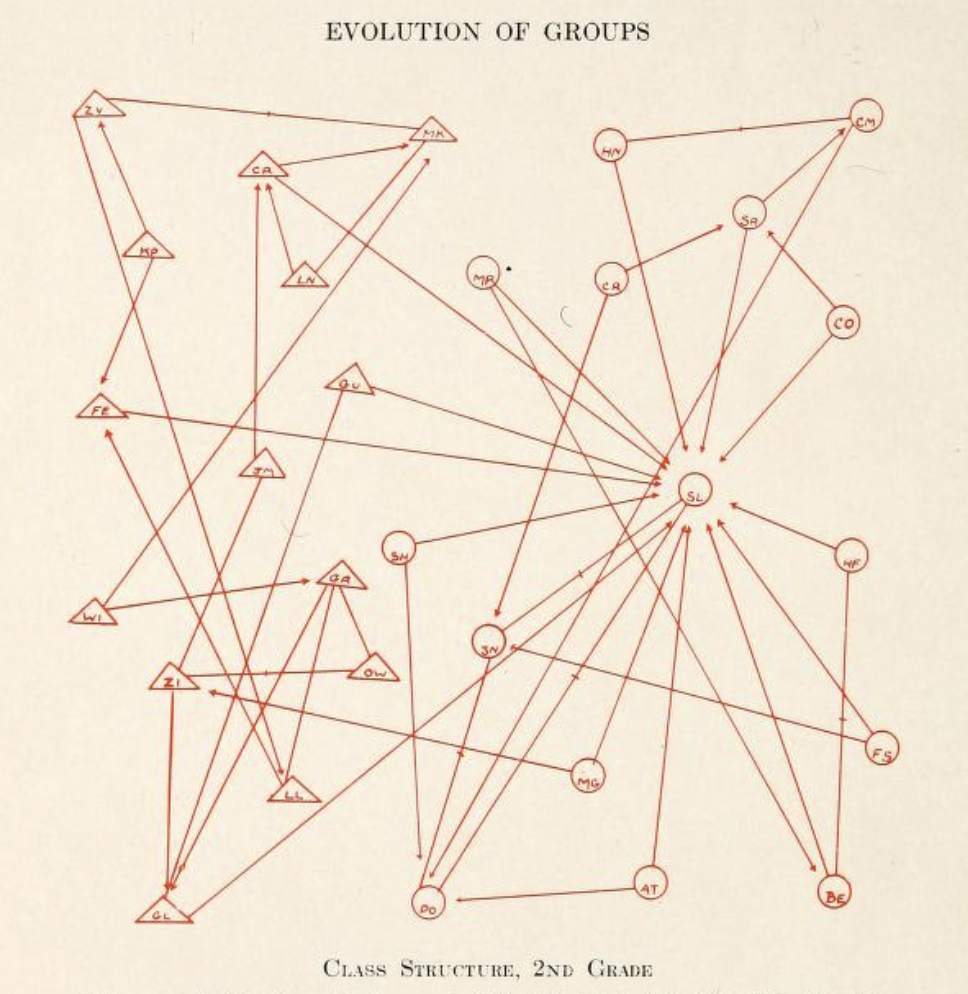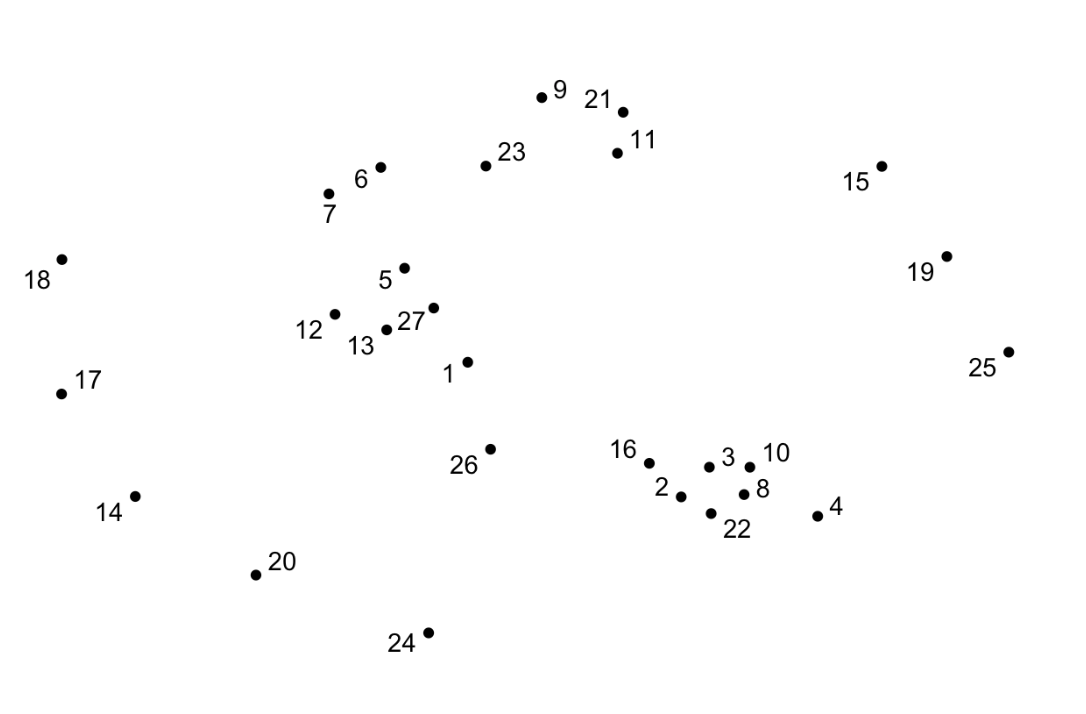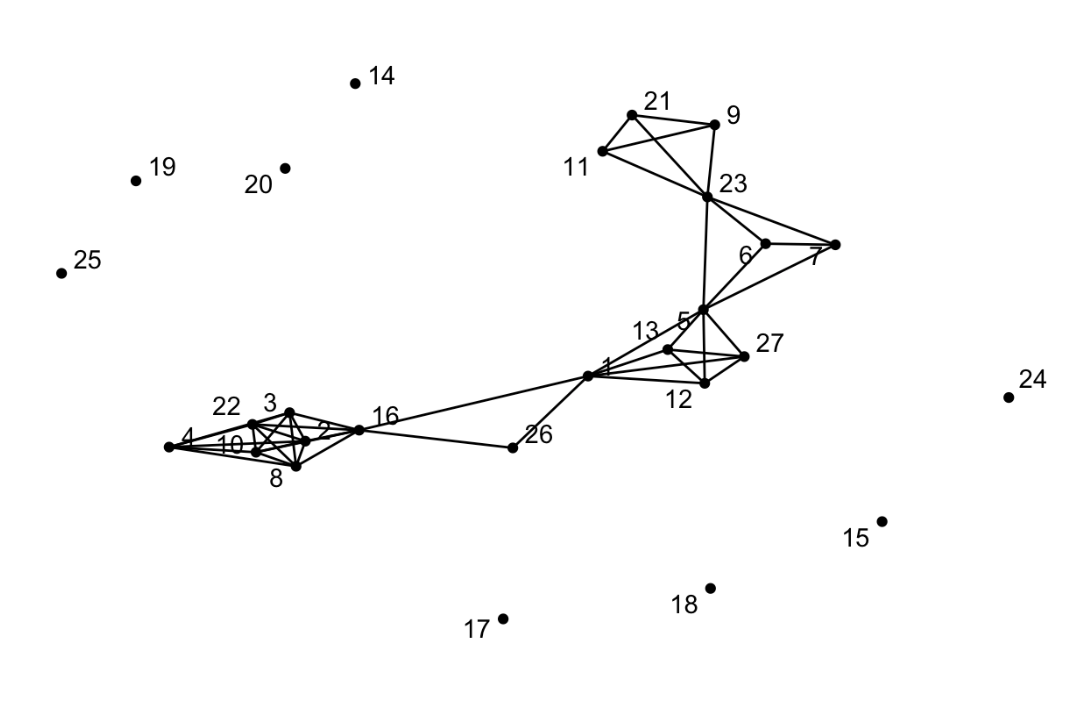Intro to Social Network Analysis
SNA Module 1: A Conceptual Overview
Theory & Method Interdependency

From its earliest origins to it most recent applications to large-scale networks, social network analysis has reflected an interdependency between theory and method.
~ From SNA and Education by Bryan Carolan (2014)
The 4 Hallmarks of SNA
Relationships, Empirical Data, Graphical Imagery, & Mathematically-Based
Relationships
SNA emphasizes structuralism based on ties connecting social actors and is motivated by our intuition that relationships matter:
- no individual is an island, independence is NOT assumed
- who we know, are friends with, or talk with matters
- the influence of these relations is shaped by the larger network
- location in a social structure shapes one’s opportunities and outcomes
Empirical Data
SNA is firmly grounded in systematic, empirical data collection using methods refined over decades and still evolving, such as:
- observations of social context
- surveys and questionnaires
- historical and administrative records
- digital learning tools and social media

Graphical Imagery
SNA makes freuqent use of graphical imagery to represent actors and their relations with one another.
The sociogram to the right includes:
- Shapes for actors (nodes, vertices)
- Lines for relations (ties, edges)
Discuss: What do you think the lines and shapes depict in this 2nd grade classroom?

Mathematically-Based
Network Stats (Describe)
- Size
- Centrality
- Reciprocity
- Density
Network Models (Test & Predict)
CONCOR
QAP
ERGMS
Regression
Key Terms
Actors, Ties, and Attributes
Actors
Also called nodes or vertices, actors can represent a range of social entities, like:
students in a classroom
teachers in a school district
parents in a community
school districts in a state
departments within a college

Ties
Also called relations, edges, or links, ties connect actors to one another and might consist of:
a behavioral interaction
a physical connection
an association or affiliation
an evaluation of one person by another
formal relations

Attributes
Finally, actors, ties, and the network as a whole may also contain information, which may be incorporated into visualizations or network models:
Individual attributes based on properties of individual actors (e.g., gender, academic achievement)
Relational attributes based on an actor’s direct ties with others (e.g., degree, reciprocity, or tie strength)
Structural attributes based on the entire network of connections actors ties with others (e.g., density, centralization, or reciprocity)

Discussion
Consider a small network you are a part of (~ 5-10 individuals), or may be interested in studying, and think about the following questions:
- Who are the actors in this networks?
- What types of ties might connect these actors?
- What individual attributes might be important to capture for SNA?
- Which actors may be more central (e.g. more ties) in this network?
Applications of SNA
Social Capital, Selection & Influence, Network Diffusion
Selection & Influence
Educational researchers have used to better understand why people connect (selection) and how these connections shape their opportunities and outcomes. Examples include:
who school leaders collaborate and confide in and why (Daly and Finnigan 2010)
how the characteristics of friends shape students’ aspirations and college attendance (Hallinan and Williams 1990)
teachers’ attitudes toward school and district reforms (Cole and Weinbaum 2010)
how friend influence and peer exposure widen the STEM gender gap (Raabe, Boda, and Stadtfeld 2019)
development of peer networks and academic performance (Brouwer et al. 2022)
Network Diffusion
SNA has been used to explain how ideas and resources spread within and between networks of actors, such as:
attitudes and use of computers in classrooms over time (Frank et al. 2011)
how substance abuse diffuses across adolescent networks (Valente, Gallaher, and Mouttapa 2004)
diffusion of charter school policy and creation across states (Renzulli and Roscigno 2005)
Closing Activity
Using the materials provided at your table or using a drawing tool on your personal laptop or device, create a simple sociogram of your network and think about the following questions:
- How will you represent actors and their relationships?
- Where will you position the actors in your sociogram?
- How might you incorporate the attributes in your network?
- How might someone’s position in this network advantage or disadvantage these individuals?
Essential Readings
The following chapters in Carolan (2014) cover the topics introduced in this conceptual overview in much greater depth:
Chapter 1: The Social Network Perspective and Educational Research Introduction
Chapter 2: Historical, Theoretical, and Analytical Foundations
In preparation for the Module 1 Code-Along and Case Study, the research article by Pittinsky and Carolan (2008) is also highly recommended.
Acknowledgements

This work was supported by the National Science Foundation grants DRL-2025090 and DRL-2321128 (ECR:BCSER). Any opinions, findings, and conclusions expressed in this material are those of the authors and do not necessarily reflect the views of the National Science Foundation.

Social Capital
Social capital is an intangible asset existing in the connections and shared values that people have. SNA provides a means to actually measure & model social capital and has be used to better understand:
how social relations advantages some students (Maroulis and Gomez 2008)
dropout among Latino/a/ex students (Ream and Rumberger 2008)
parental social closure and student math achievement (Morgan and Todd 2009)